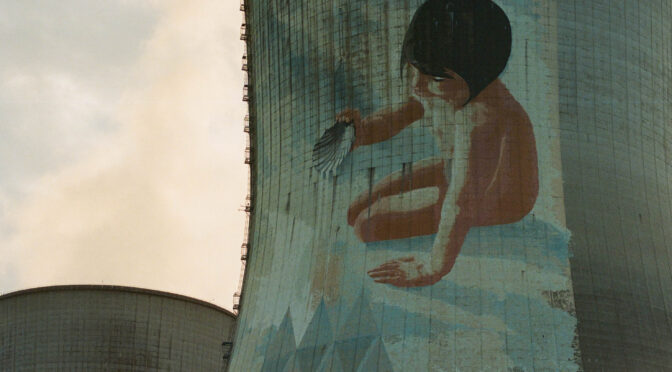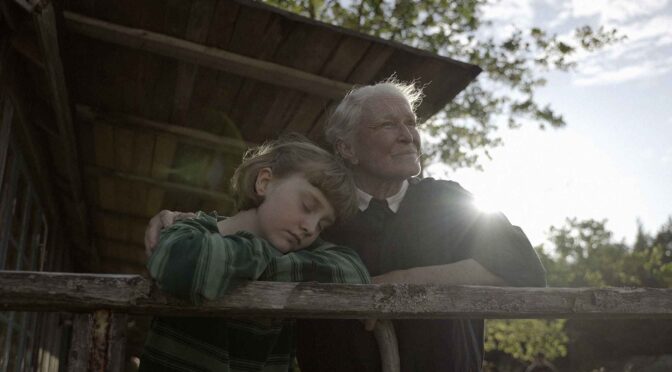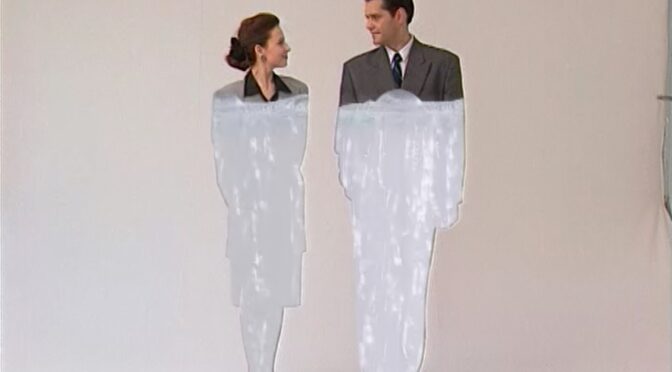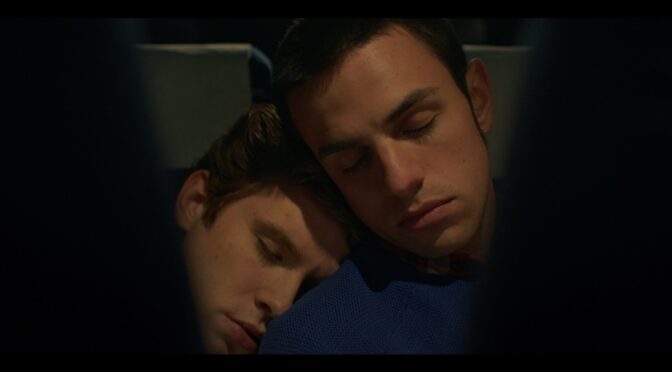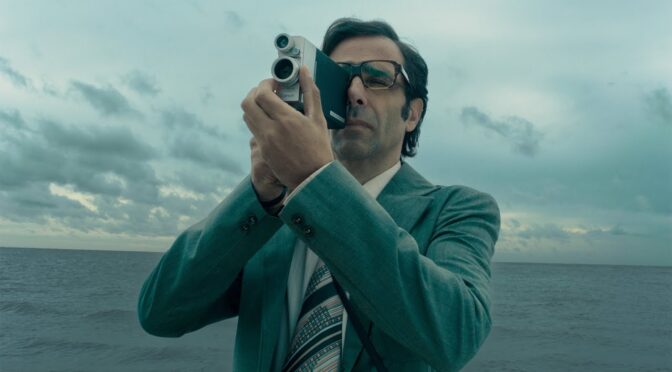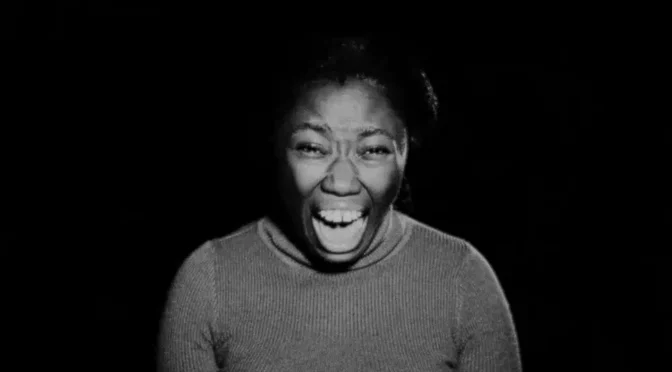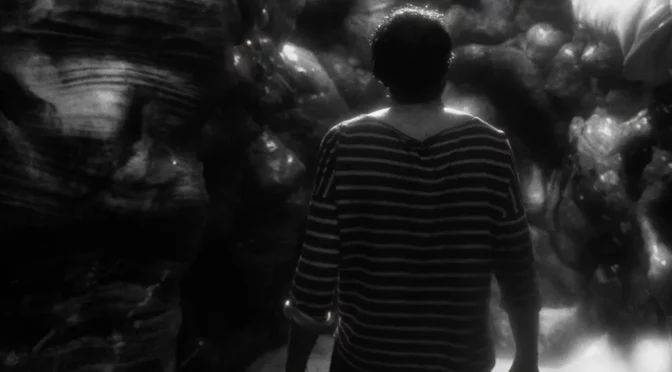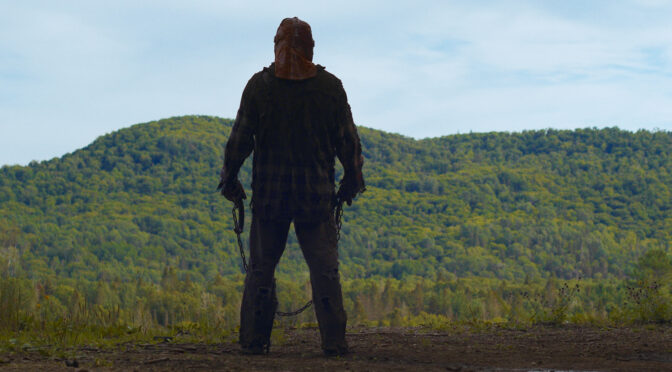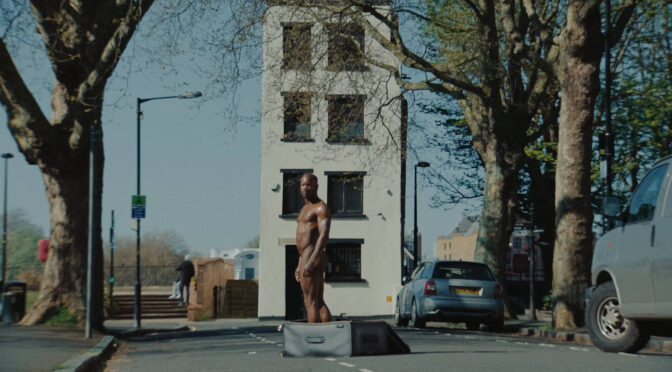Article by Francesca Strangis
Translation by Giorgia Mazzù
Asleep on the grass, a man and a woman are awakened by the sound of screeching metallic noises. The man climbs a slight hill, driven by curiosity to see what lies beyond. On the other side, the world of technology: towering electric pylons and industrial plants dominate the view. The opening sequence of Terra Incognita (‘Unknown Land’) serves as a metaphor for the film itself, which explores the themes of energy supply and humanity’s survival on Earth through two opposing perspectives.
Continua la lettura di “TERRA INCOGNITA” BY ENRICO MASI
